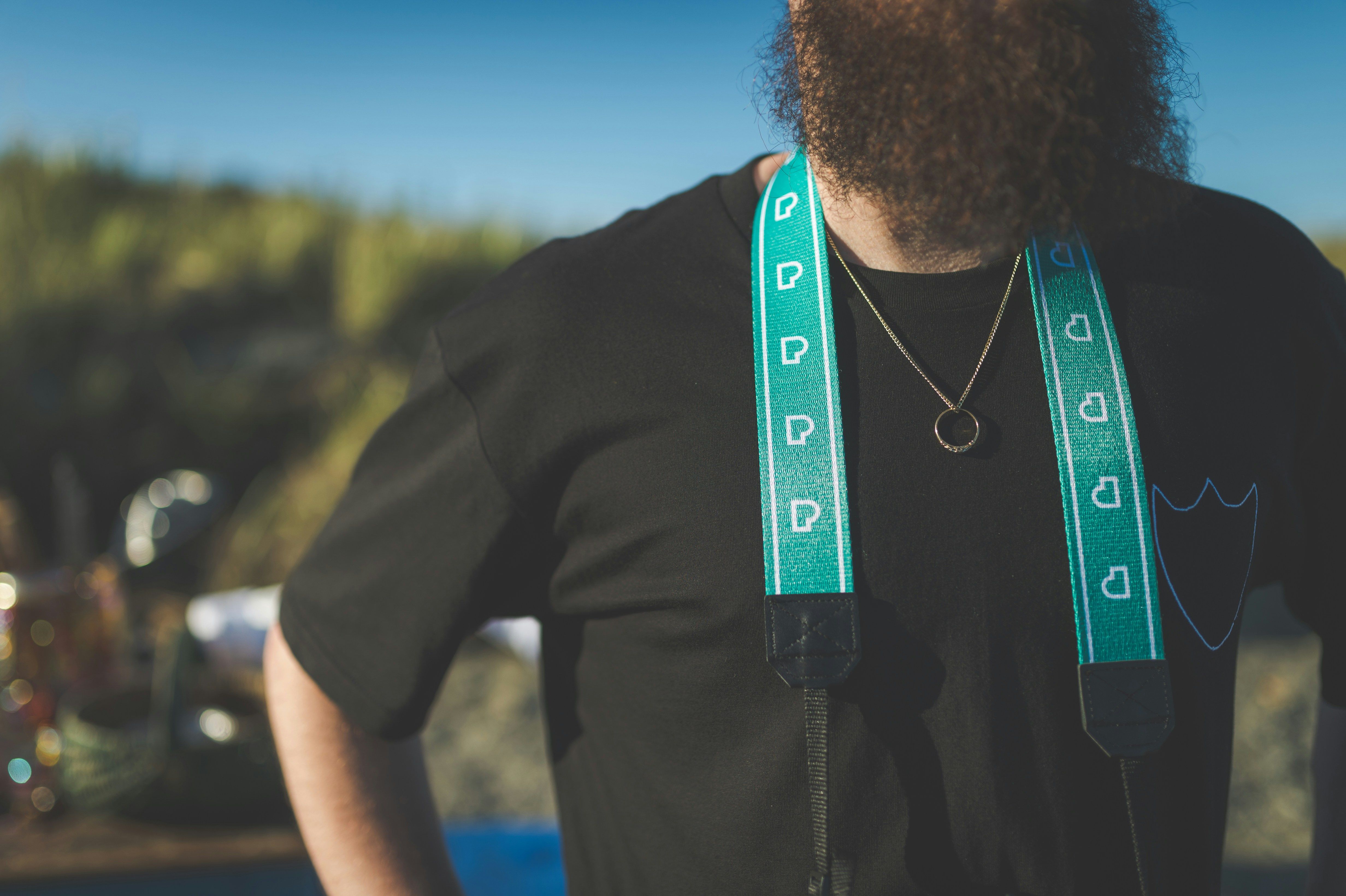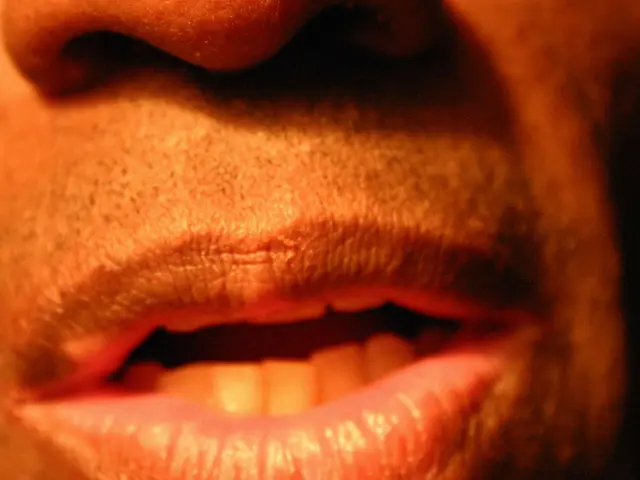Schöningen Spears' Age Rewritten: A 200,000-Year-Old Mystery Solved?
Youthful Spike in Appearance for This Project's Spear?
For years, the Schöningen spears have been a captivating testament to humanity's early hunting prowess. However, a team of international researchers has recently challenged the conventional wisdom that these German spears, discovered in the 1990s, are a staggering 300,000 years old. Instead, they propose the spears are a "mere" 200,000 years old, according to a study published in "Science Advances."
These spears, discovered in an open-cast mine near Helmstedt, included at least 20 hunting weapons, among them at least ten spears reaching up to 2.5 meters in length. Their find layer, known as the spear horizon, was previously approximated to be 400,000 years old, but that, as Olaf Joris, the study's lead author from the Monrepos Research Center and Museum for Human Behavioral Evolution in Neuwied, points out, was based on the age of the sediment layers above and below, not from the layer where the spears were extracted. In other words, the earlier dating was somewhat approximate.
Dating's New Approach
Joris's team employed a novel biochemical analysis method called amino acid dating to directly determine the age of the spear horizon. They took samples from excavated sediment blocks containing small freshwater snails of the genus Bithynia. The amino acid method relies on the preservation of amino acids within the closure caps of these snails over thousands of years. Further samples were taken from horse teeth and the shells of small crayfish to corroborate the estimated age of 200,000 years. Joris considers the new dating "very secure."
Controversial Findings and Remaining Doubts
Not everyone is convinced by the new dating, though. Thomas Terberger from the University of Göttingen views the new estimation with skepticism, while Jutta Winsemann, a geologist from the University of Hannover, points out that the study relies on an old geological deposit model to confirm the new age. Tobias Laufer from the University of Tübingen, a dating expert, indicates that this result may not be universally accepted, given the significance of the find site.
Implications for Understanding Neanderthals
Whether these spears are 200,000 or 300,000 years old, they remain the earliest completely preserved hunting weapons ever found. Despite the debate over their age, the discovery points to the advanced hunting strategies employed by Neanderthals, offering invaluable insights into their cognitive and social abilities. The new dating aligns the Schöningen spears more closely with the time of Neanderthal presence in Europe, lending credence to the idea that Neanderthals were the makers and users of these spears.
Sources: ntv.de, kst/dpa
Themes:
- Archaeology
- Neanderthals
Insightful Points:
- The Schöningen spears are reevaluated with new dating methods and are currently estimated to be around 200,000 years old.
- This new age is based on direct analysis of the layer where the spears were found, challenging the previous dating that was based on sediment layers above and below the spear horizon.
- The revised age implies closer synchronization with the time of Neanderthal presence in Europe, supporting the idea that Neanderthals were likely the makers and users of these spears.
- These spears offer crucial insights into Neanderthals' cognitive and social abilities, challenging the previous view of Neanderthals as simple scavengers without sophisticated cognitive abilities.
- The debate over the spears' age will continue, given the significance of the find site. However, the new dating has prompted heated discussions and intense scrutiny.
- The Schöningen spears, discovered in Germany, have been reevaluated with a new dating method called amino acid dating, and are currently estimated to be approximately 200,000 years old.
- The earlier dating of 300,000 years was based on the age of the sediment layers above and below the spear horizon, but this new dating approach directly determined the age of the spear horizon.
- The new estimations have sparked controversy, as some scholars question the reliability of the amino acid method and the old geological deposit model relied upon in the study.
- Whether the spears are 200,000 or 300,000 years old, they remain our earliest completely preserved hunting weapons, offering significant insights into the Neanderthals' cognitive and social abilities.
- The new dating aligns the Schöningen spears more closely with the time of Neanderthal presence in Europe, lending support to the idea that Neanderthals were the makers and users of these spears.
- The debate over the spears' age underscores the importance of re-evaluating our knowledge of early human history and the cognitive and social capabilities of Neanderthals.
- The implications of this research extend beyond archaeology, with potential impact on medical-conditions like chronic kidney disease and neurological disorders, as well as health-and-wellness, fitness-and-exercise, and Alzheimer's disease. The findings could provide valuable information about human evolution, helping us better understand and address current medical challenges.




